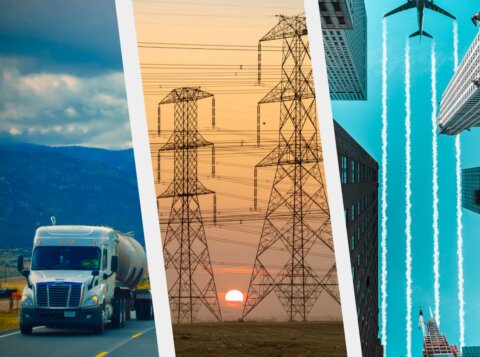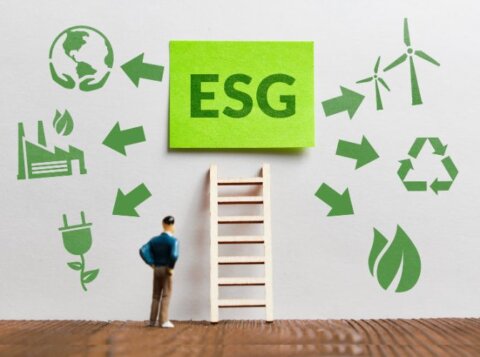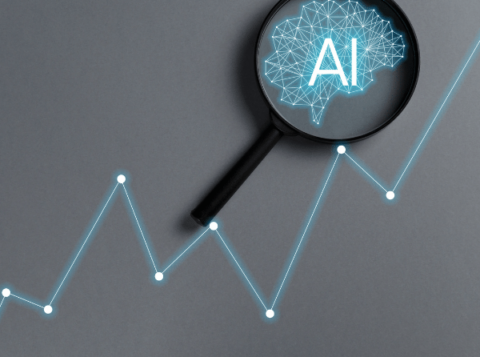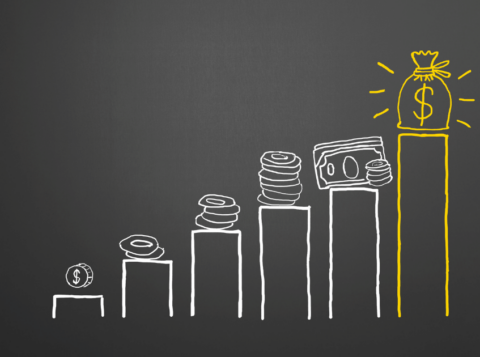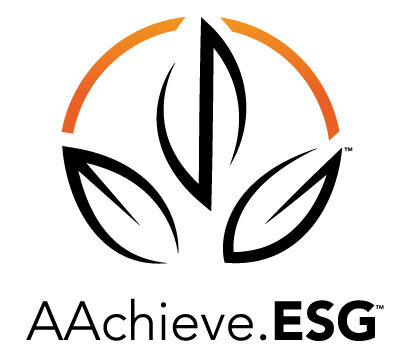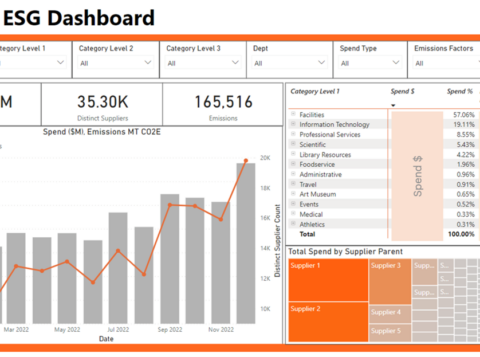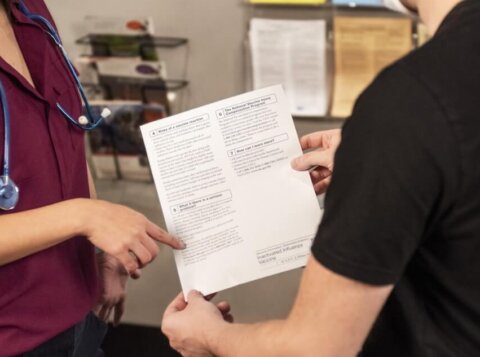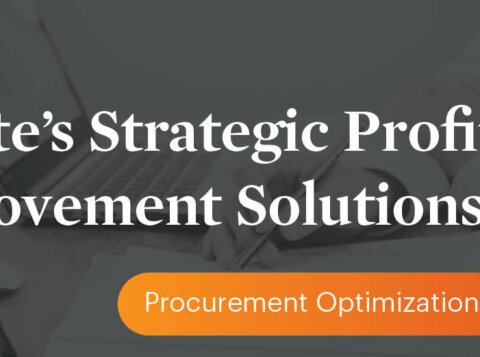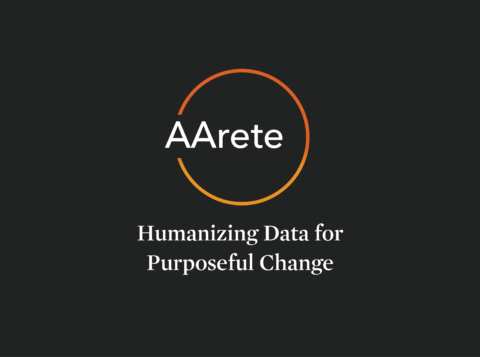Measuring Scope 3 Emissions Categories
Scope 3 emissions are the largest contributors to your organization’s carbon footprint and impact on climate change. Unfortunately, it is also the most complex category in your carbon accounting calculations required by environmental, social, and governance (ESG) investors and stakeholders.
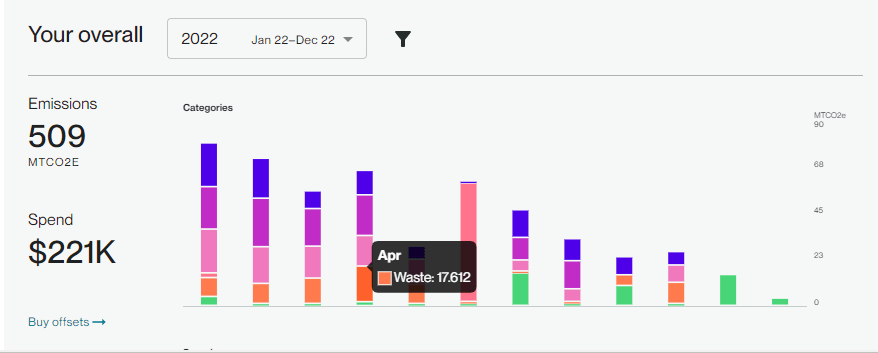
Scope 3 emissions categories are particularly difficult to calculate because these emissions usually derive from your company’s value chain, which can vary significantly year over year. Accurately collecting this data will enhance your understanding of emission hotspots, guide your strategies and methodologies to reduce total scope 3 inputs, and consistently provide insights for reducing greenhouse gas emissions (GHG emissions).
To reach net zero in GHG emissions, following compliance expectations and reduction targets, you need an efficient and sustainable tool that meets the reporting standards of GHG protocol.
What Are the Scope 3 Emissions Categories?
Before you begin carbon reporting with our AI-powered platform, you’ll want first to review the 15 scope 3 emissions examples, as documented by the United States Environmental Protection Agency, which can contribute to your total emissions. These include:
- Purchased goods and services
- Capital goods
- Fuel- and energy-related activities
- Upstream transportation and distribution
- Waste generated in operations
- Business travel
- Employee commuting
- Upstream emissions from leased assets
- Downstream transportation and distribution
- Processing of sold products
- Use of sold products
- End-of-life treatment of sold products
- Downstream emissions from leased assets
- Franchises
- Investments
Reviewing these emissions factors listed above can help you determine which ones are most relevant to your organization and need calculations. For instance, if your business doesn’t have franchises or employees commuting, you can remove that from your reporting list.
What’s the Best Way to Measure Scope 3 Emissions?
If your company has been practicing emission reduction strategies for scopes 1, 2, and 3, you understand the methods available for data collection—whether you have done so manually or by utilizing automation tools in the industry. But which method is best?
We are excited to share our AAchieve.ESG sustainability software and consulting services were created to improve calculation methods and make scope 3 emissions management easier.
To demonstrate the significance of our software, we’ll be sharing a scope 3 emissions example from one of our clients utilizing our services and AAchieve.ESG so you can see what our platform does, how it helps, and what sets it apart in reducing your value chain emissions.
AAchieve.ESG
What It Does
AAchieve.ESG is an AI-powered, sustainability management software that helps you measure, manage, and report on emissions data for scopes 1, 2, and 3.
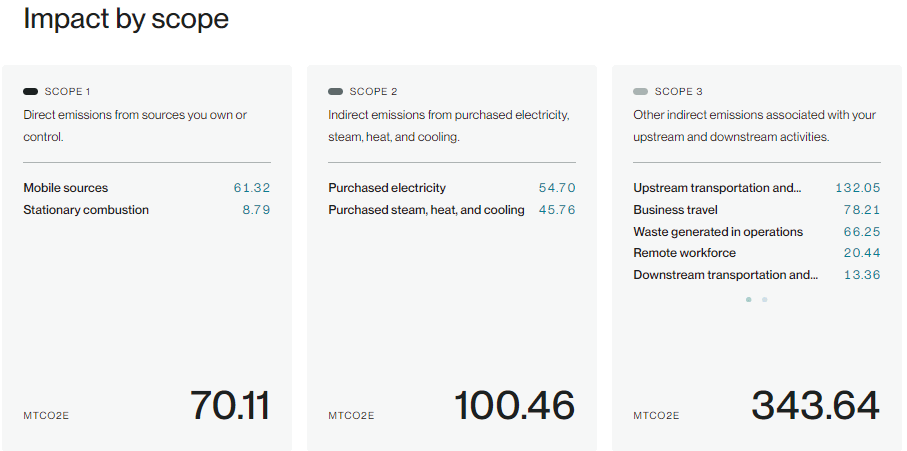
Transformative Sustainability in Higher Education
We assisted a university in reducing greenhouse gas emissions in just a few weeks. Analyzing a full fiscal year’s spending for the university in one week using our software, we identified the highest emitting categories and suppliers for the higher education institution, which revealed that a number of the total emissions were indirect emissions from their facilities, IT, and professional service categories, emitting a total of 165,516 MT CO2e.
These GHG emissions were higher than other universities at the time, prompting a need for change.
Why It Matters
Using AAchieve.ESG, you can understand areas that need to change and move away from greenwashing to true sustainability.
Constructing Sustainable Action
In our emissions report, we discovered that the majority of scope 3 emissions (more than 50%) were coming from a university’s facilities category because of scheduled construction that year. Building on campus was generating carbon emissions at a greater rate than planned reductions. This moved the university to create supplier language requiring construction companies to align with their net zero goals.
While this may sound daunting, AAchieve.ESG has a suite of policy and strategy resources that helped the university in request for proposal (RFP) management and enforcing their greenhouse gas protocol methodologies with vendors.
What Sets Our Platform Apart
When you start using AAchieve.ESG, we don’t leave you to manage it on your own. As sustainability consulting experts and a reporting company, we offer calculation guidance to parse through the data to create sustainable and action-driven strategies toward progress, and we establish benchmarks on your road map so you can reach your net zero goal as quickly as possible.
Request a Demo
Learn more about how AAchieve.ESG can establish a strong baseline for your organization’s ESG initiatives, lending value for short- and long-term business impact.
















